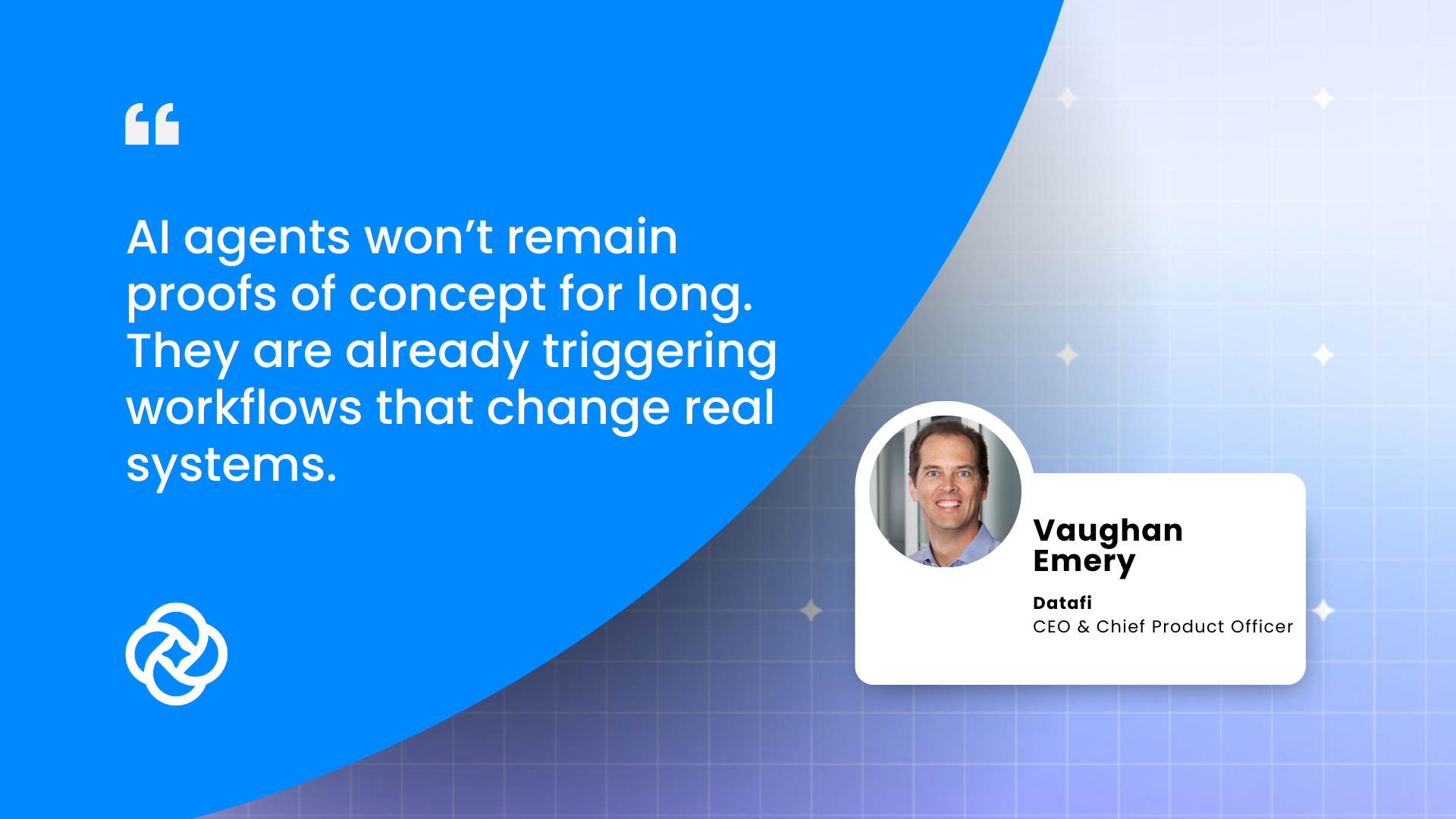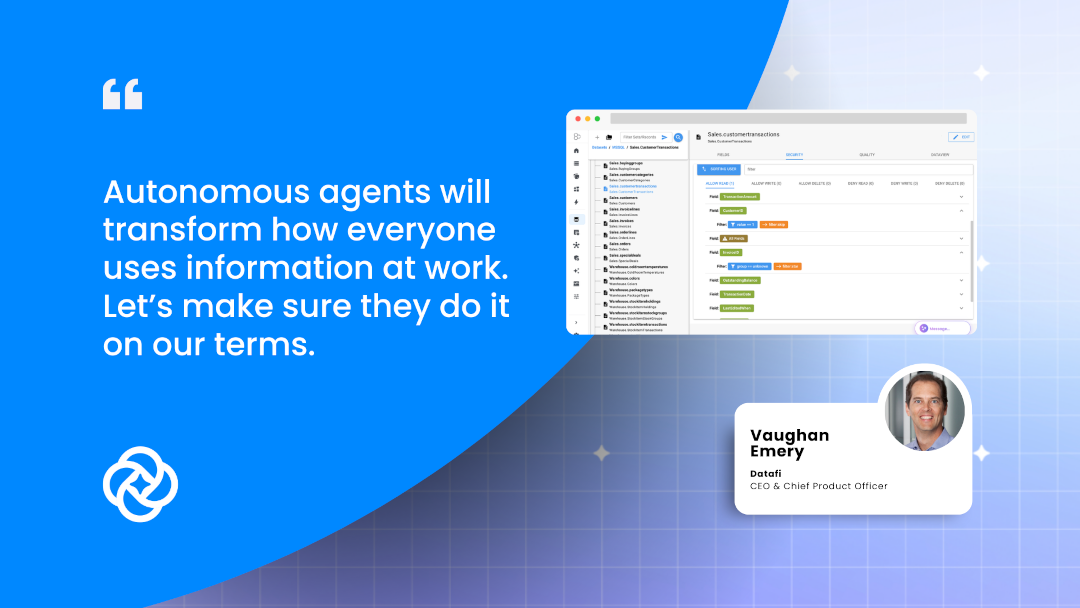Low Code vs No Code: Which is Right for Your Business?

Understanding Low Code
Low-code platforms offer a visual approach to software development, allowing users to design applications through graphical user interfaces and pre-built components. While low-code platforms still require some coding, they drastically reduce the amount of manual coding needed. This makes the development process faster and more efficient, enabling developers to focus on more complex and value-added tasks.
Advantages of Low Code
- Faster Development: Low-code platforms let you build apps quickly, helping your business keep up with market changes and customer demands.
- Lower Costs: With less coding needed, low-code platforms can save you money and reduce the resources you need.
- Better Teamwork: The visual tools make working together easier for tech and non-tech team members.
- Customizable: While it’s easy to use, low code still allows coding for those needing extra customization, striking a balance between simplicity and flexibility.
Exploring No Code
No-code platforms take simplification a step further by enabling users to build applications without coding knowledge. These platforms utilize drag-and-drop interfaces and pre-configured templates, making it possible for anyone, regardless of technical expertise, to create functional applications.
Advantages of No Code
- Accessibility: No-code platforms democratize application development, empowering non-developers to build and deploy applications.
- Speed: Applications can be developed and launched quickly, as users do not need to write or understand code.
- Cost-Effectiveness: Businesses can save on development costs by reducing the need for specialized development teams.
- Innovation: By lowering barriers to entry, no-code platforms encourage innovation and experimentation within organizations.
Choosing Between Low Code and No Code
The choice between low-code and no-code platforms depends on what your business needs and the resources you have. Low-code platforms are great if you need custom solutions and have some coding skills available. They let you build complex apps while keeping things simple. (See our related article on medium)
On the other hand, no-code platforms are perfect if you need to create and launch apps quickly without any technical skills. They’re handy for small businesses, startups, or any team wanting to test ideas or automate tasks without IT help.
Low- and no-code platforms are changing how businesses develop software, making it faster, easier, and cheaper. By knowing the differences and benefits of each, you can pick the right one to meet your needs and drive innovation.
Low Code vs No Code: Which is Right for Your Business?
Understanding Low Code
Low-code platforms offer a visual approach to software development, allowing users to design applications through graphical user interfaces and pre-built components. While low-code platforms still require some coding, they drastically reduce the amount of manual coding needed. This makes the development process faster and more efficient, enabling developers to focus on more complex and value-added tasks.
Advantages of Low Code
- Faster Development: Low-code platforms let you build apps quickly, helping your business keep up with market changes and customer demands.
- Lower Costs: With less coding needed, low-code platforms can save you money and reduce the resources you need.
- Better Teamwork: The visual tools make working together easier for tech and non-tech team members.
- Customizable: While it’s easy to use, low code still allows coding for those needing extra customization, striking a balance between simplicity and flexibility.
Exploring No Code
No-code platforms take simplification a step further by enabling users to build applications without coding knowledge. These platforms utilize drag-and-drop interfaces and pre-configured templates, making it possible for anyone, regardless of technical expertise, to create functional applications.
Advantages of No Code
- Accessibility: No-code platforms democratize application development, empowering non-developers to build and deploy applications.
- Speed: Applications can be developed and launched quickly, as users do not need to write or understand code.
- Cost-Effectiveness: Businesses can save on development costs by reducing the need for specialized development teams.
- Innovation: By lowering barriers to entry, no-code platforms encourage innovation and experimentation within organizations.
Choosing Between Low Code and No Code
The choice between low-code and no-code platforms depends on what your business needs and the resources you have. Low-code platforms are great if you need custom solutions and have some coding skills available. They let you build complex apps while keeping things simple. (See our related article on medium)
On the other hand, no-code platforms are perfect if you need to create and launch apps quickly without any technical skills. They’re handy for small businesses, startups, or any team wanting to test ideas or automate tasks without IT help.
Low- and no-code platforms are changing how businesses develop software, making it faster, easier, and cheaper. By knowing the differences and benefits of each, you can pick the right one to meet your needs and drive innovation.





